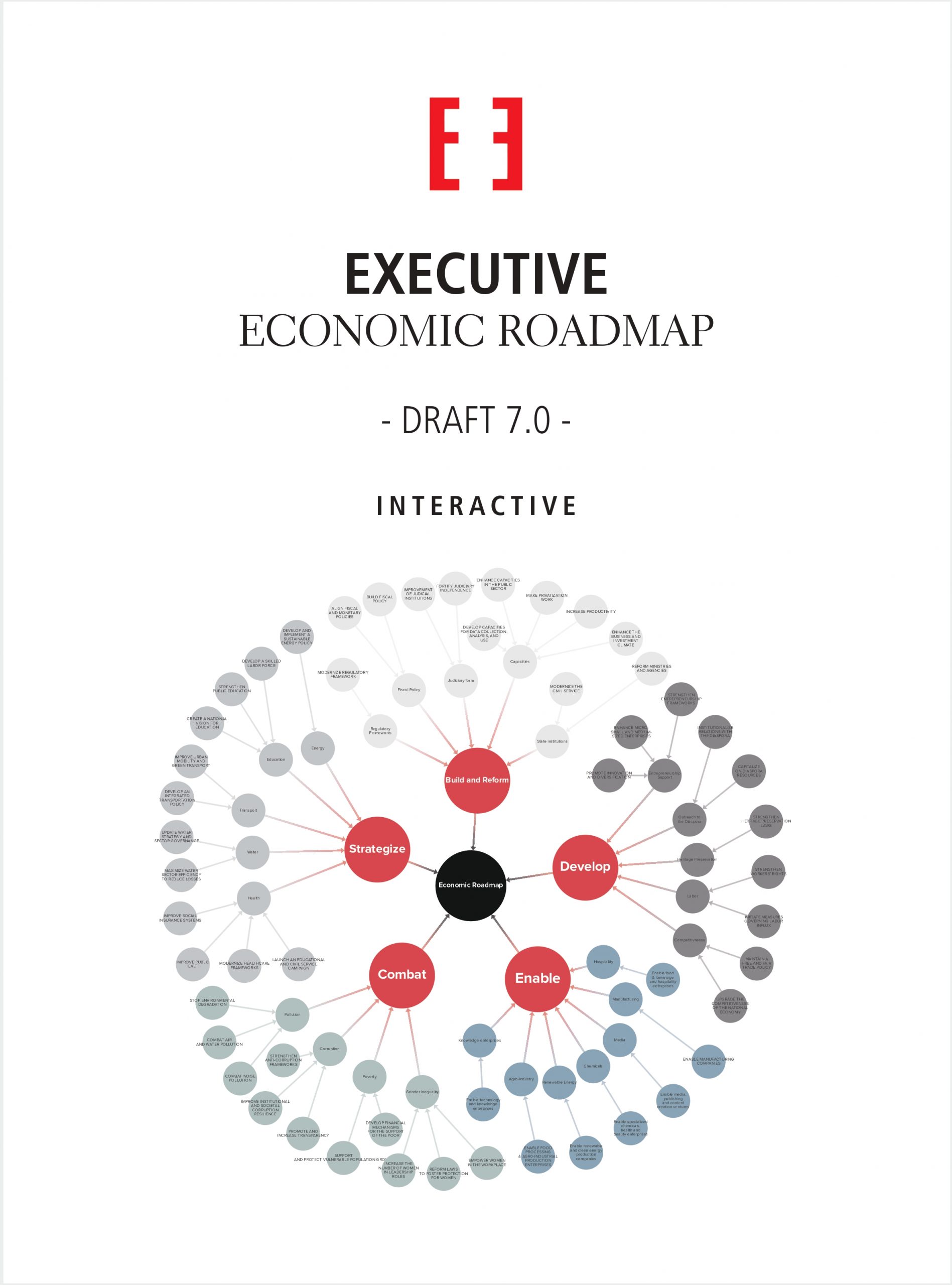The past months have witnessed an intensive debate about the relevance of SWFs in the global economic system and their role in global financial markets. Global Insight, the research firm, states that SWFs have grown a remarkable 24% annually in the past five years. Morgan Stanley, the investment bank, argued that the total size of the SWFs could increase from $3 trillion to $12 trillion by 2015.
Commentators have tried to put these stunning figures into perspective. Robert Kimmitt, Deputy Secretary of the U.S. Treasury, argues that if one wants SWFs to appear large then one would argue that hedge funds manage an estimated $1.5 trillion and that the current market capitalization of the S&P 500 is roughly $12 trillion. On the other hand $12 trillion is only a fraction of the estimated $190 trillion in total global financial assets. Assets managed by mature-market institutional investors (such as pension funds and endowments) are about $53 trillion. Pension funds manage over $15 trillion, insurance companies $16 trillion, investment companies $21 trillion. This is a small fraction of the global debt and equity securities, exceeding $100 trillion.
But an important element is missing in this assessment. First and foremost, Gulf Arab SWFs shall be of benefit to the citizens of their countries. How relevant are they then with regards to their own economies? An analysis arrives at some interesting findings.
The size of the assets managed by the Abu Dhabi Investment Authority is estimated at $875 billion. This is equivalent to 675% of the GDP of the United Arab Emirates. The Reserve Fund for Future Generations managed by the Kuwait Investment Authority is estimated to manage assets valued at over $170 billion. This represents twice the GDP of Kuwait. The Qatar Investment Authority’s assets stand at over $60 billion or 141% of Qatar’s GDP. Only Saudi Arabia’s assets managed by the Saudi Arabian Monetary Agency are somewhat smaller at just below 100% of Saudi Arabia’s GDP.
Based on these numbers one arrives at the conclusion that although large, Arab Sovereign Wealth Funds might be not that overwhelming in size if one compares them against the assets of other players in global financial markets. But our numbers show that they are extremely important in the context of their own national economies.
Here some more examples: An optimistic 8% return that ADIA might manage to realize amounts to roughly $44,300 per UAE citizen (excluding expatriates), or roughly 63% of GDP per capita. This is substantial. The same is true for Kuwait. At 8% growth, the revenues realized by the KIA amount to $17,160 per every Kuwaiti citizen or 44% of Kuwait´s GDP per capita. Again, this is not trivial and illustrates the importance of SWFs’ role in maintaining the wealth of oil exporting Gulf countries.
A fundamental question is then if the SWFs will be able to maintain or even grow this wealth for future generations. The idea of SWFs is to enable governments to diversify away from their own national economies and searching for interesting return perspectives elsewhere. But if SWFs do not identify very attractive investment opportunities outside their economies, their purpose is challenged.
The economies of the Gulf are currently growing at a rapid speed, much stronger than most of economies elsewhere. It will therefore be quite difficult to identify investment opportunities that are on par with opportunities at home. If we see GDP per capita growth rates increase in the Gulf region as rapidly as in the past years and we assume that SWFs will invest elsewhere, that is in regions which are growing at a more slower pace, then the SWFs contributions to safeguarding the welfare of the citizens of Gulf states is negative. Only in case the economies in the Gulf region would calm down and other economies grow more rapidly will SWFs be able to meet their task to secure their standard of living for future generations beyond oil.
The importance of SWFs within their national economies and their exposure to global economic trends illustrates how important a broader debate about purpose and investment strategies of Arab SWFs has become. Not only have SWFs become a contentious issue for Western policy makers, but their risk/return profile should also be of major concern for the Arab public, since the future economic well-being of Arab societies is at stake.
Sven Vehrendt is an Associate Scholar at the Carnegie Middle East Center, Beirut


